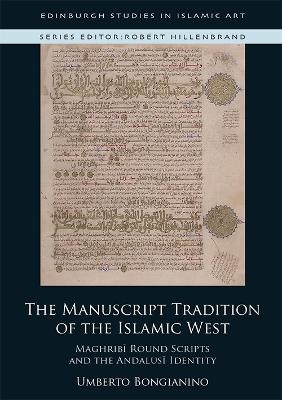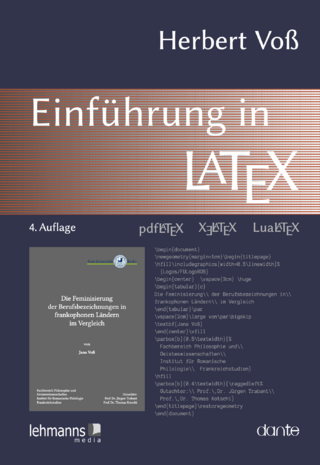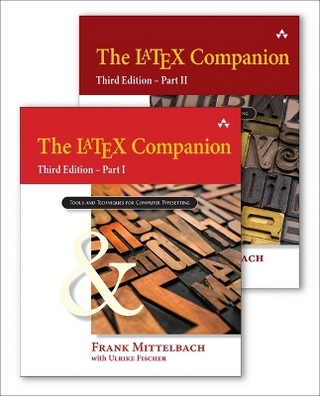
The Manuscript Tradition of the Islamic West
Maghribi Round Scripts and the Andalusi Identity
Seiten
2022
Edinburgh University Press (Verlag)
978-1-4744-9958-3 (ISBN)
Edinburgh University Press (Verlag)
978-1-4744-9958-3 (ISBN)
Explores the aesthetic dimensions, cultural significance and ideological power of Maghrib? manuscripts
This book traces the history of manuscript production in the Islamic West, between the 10th and the 12th centuries. It interrogates the material evidence that survives from this period, paying special attention to the origin and development of Maghrib? round scripts, the distinctive form of Arabic writing employed in al-Andalus (Muslim Iberia) and Northwest Africa.More than 200 dated manuscripts written in Maghrib? round scripts many of which have not previously been published and are of great historical significance are presented and discussed. This allows for a reconstruction of the activity of Maghrib? calligraphers, copyists, notaries and secretaries, and a better understanding of the development of their practices.A blend of art historical methods, palaeographic analyses and a thorough scrutiny of Arabic sources paints a comprehensive and lively picture of Maghrib? manuscript culture from its beginnings under the Umayyads of Cordova up to the heyday of the Almohad caliphate. This book lifts the veil on a glorious, yet neglected season in the history of Arabic calligraphy, shedding new light on a tradition that was crucial for the creation of the Andalusi identity and its spread throughout the medieval Mediterranean.
This book traces the history of manuscript production in the Islamic West, between the 10th and the 12th centuries. It interrogates the material evidence that survives from this period, paying special attention to the origin and development of Maghrib? round scripts, the distinctive form of Arabic writing employed in al-Andalus (Muslim Iberia) and Northwest Africa.More than 200 dated manuscripts written in Maghrib? round scripts many of which have not previously been published and are of great historical significance are presented and discussed. This allows for a reconstruction of the activity of Maghrib? calligraphers, copyists, notaries and secretaries, and a better understanding of the development of their practices.A blend of art historical methods, palaeographic analyses and a thorough scrutiny of Arabic sources paints a comprehensive and lively picture of Maghrib? manuscript culture from its beginnings under the Umayyads of Cordova up to the heyday of the Almohad caliphate. This book lifts the veil on a glorious, yet neglected season in the history of Arabic calligraphy, shedding new light on a tradition that was crucial for the creation of the Andalusi identity and its spread throughout the medieval Mediterranean.
Umberto Bongianino, Departmental Lecturer in Islamic Art and Architecture, Khalili Research Centre, University of Oford.
| Erscheinungsdatum | 17.08.2022 |
|---|---|
| Reihe/Serie | Edinburgh Studies in Islamic Art |
| Zusatzinfo | 15 B/W illustrations 135 colour illustrations |
| Verlagsort | Edinburgh |
| Sprache | englisch |
| Maße | 170 x 244 mm |
| Themenwelt | Kunst / Musik / Theater ► Design / Innenarchitektur / Mode |
| Kunst / Musik / Theater ► Kunstgeschichte / Kunststile | |
| Sachbuch/Ratgeber ► Freizeit / Hobby ► Kreatives Gestalten | |
| Informatik ► Grafik / Design ► Desktop Publishing / Typographie | |
| ISBN-10 | 1-4744-9958-9 / 1474499589 |
| ISBN-13 | 978-1-4744-9958-3 / 9781474499583 |
| Zustand | Neuware |
| Haben Sie eine Frage zum Produkt? |
Mehr entdecken
aus dem Bereich
aus dem Bereich


